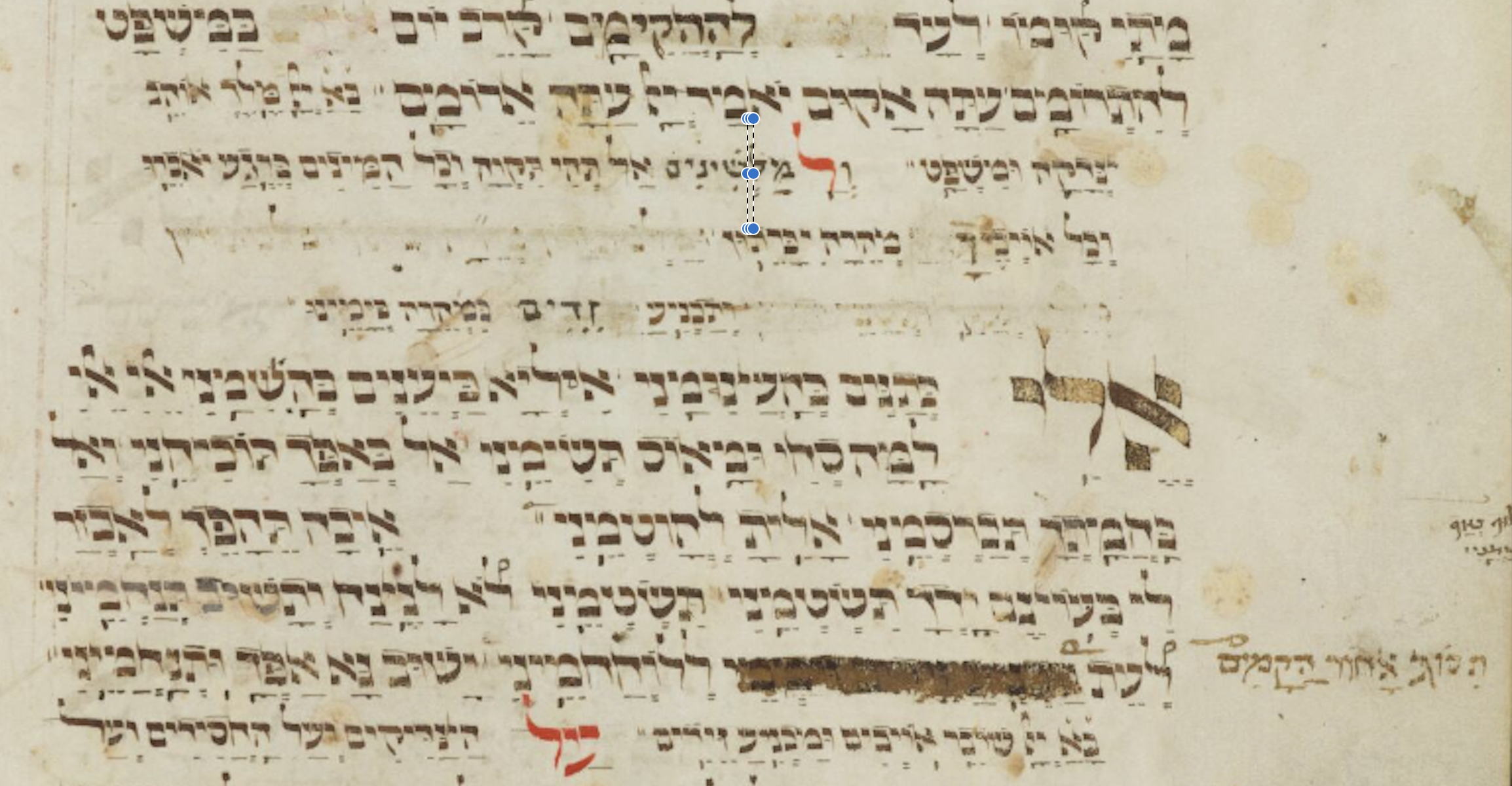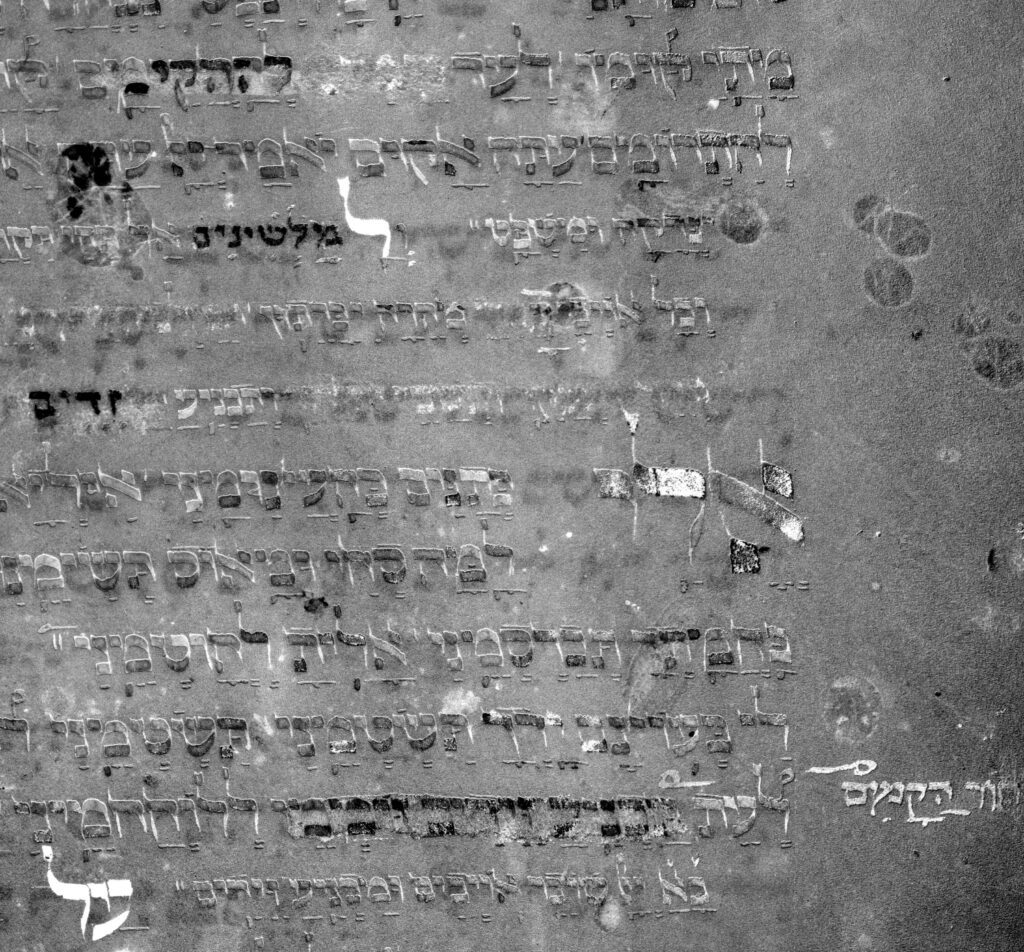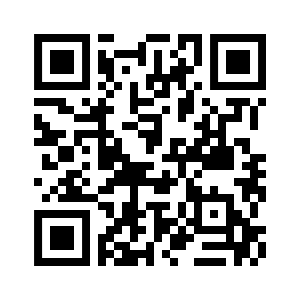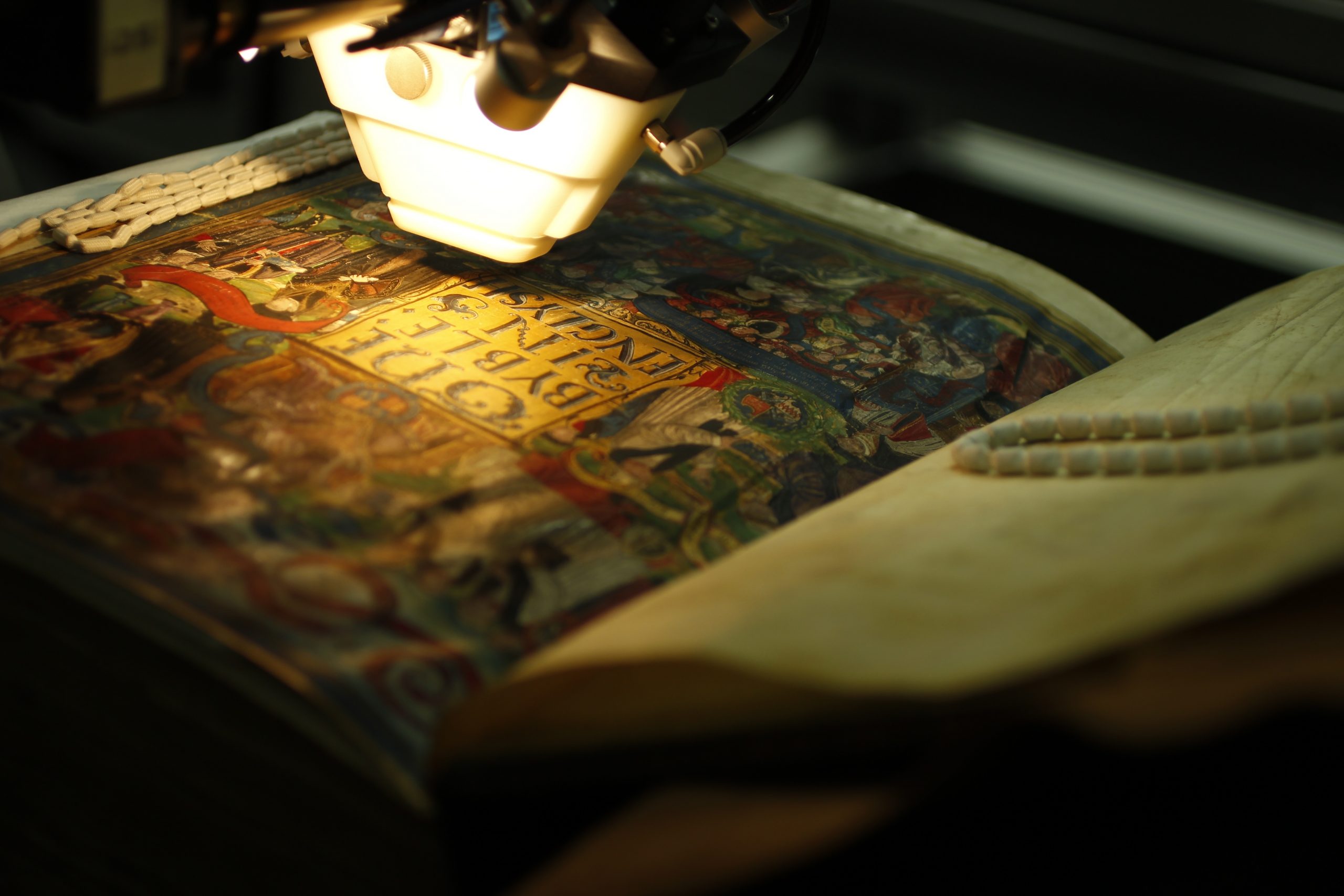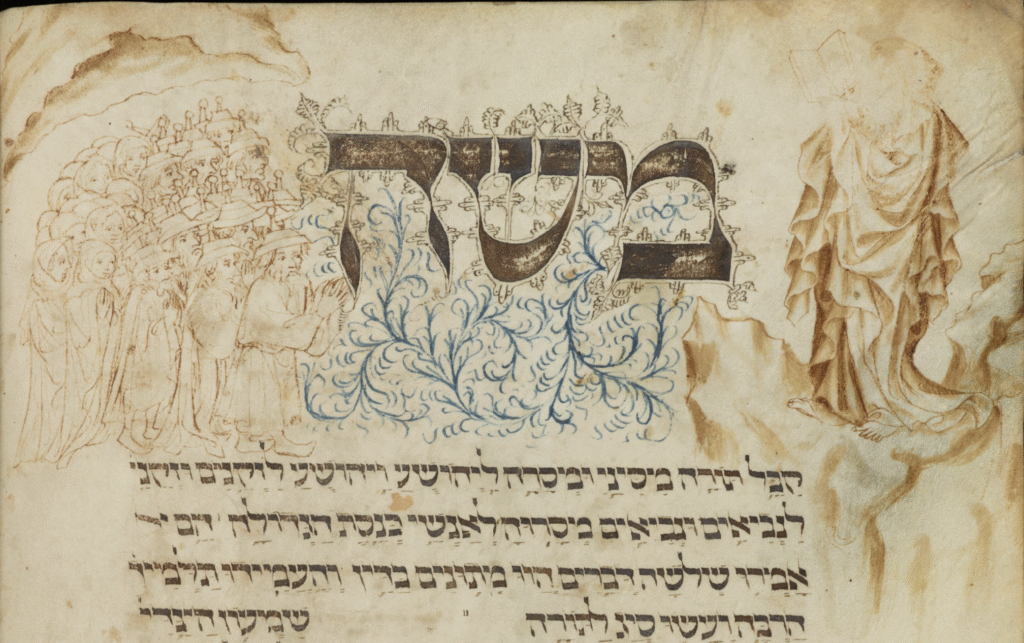
illuminated West Ashkenazi Jewish liturgical compendium
CUL Add.662 is a 15th-century vellum codex consisting of 238 folios, written in Ashkenazi square script. It was acquired in 1870 by Cambridge University Library from a well-known Jewish bookseller from Lviv (Lemberg), Samuel Schönblum. The codex’s large format, measuring 34 x 26 cm. It is incomplete, lacking its beginning and end, with additional missing folia in the middle.
Illuminations
CUL Add.662 is a handsome exemplar of an illuminated 15th-century Ashkenazi Mahzor, copied by a skilled scribe and vocalizer. The six original illuminations and various penwork decorations were also created by professionals. A set of more than forty peculiar dragon-like creatures and many other ink doodles, display a more diverse range of quality and style. This suggests that they were likely produced by multiple artists at different periods. Some of both the original illuminations and the dragon-like creatures have been partially erased by smearing, particularly around humanoid faces.
Opening words
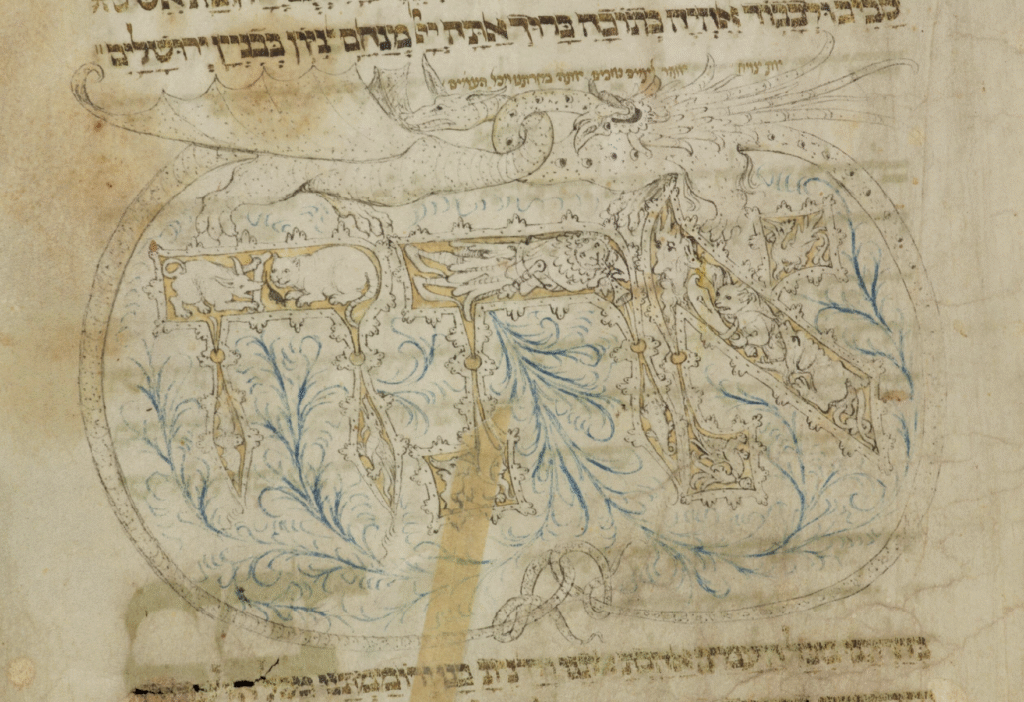
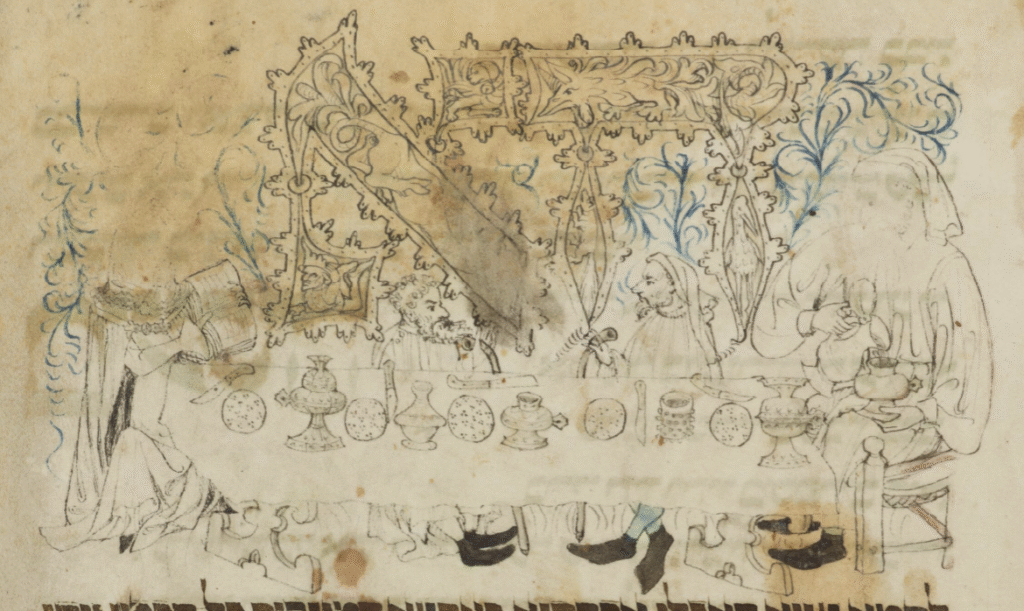
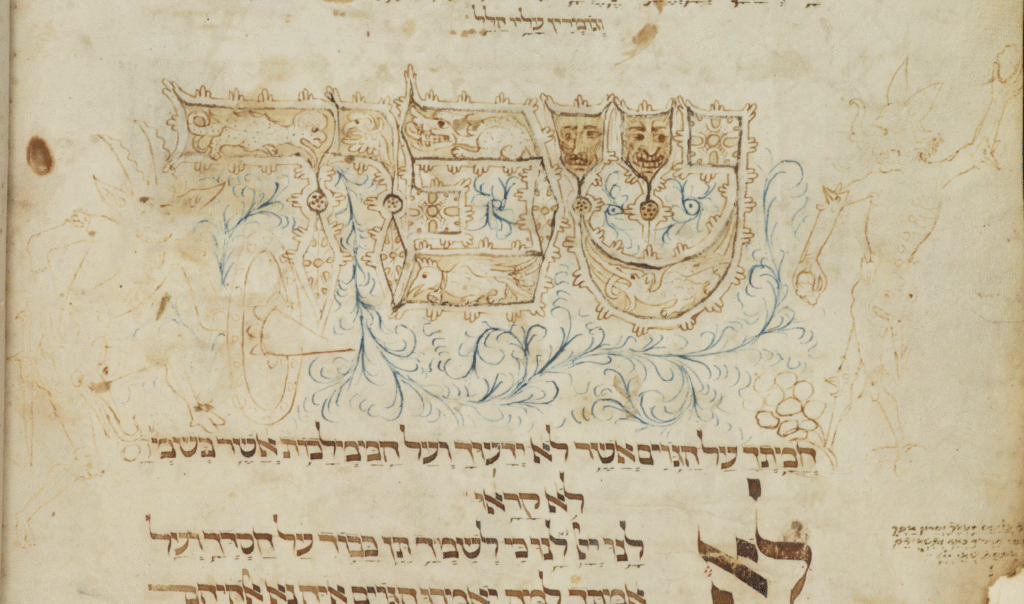
Dragons
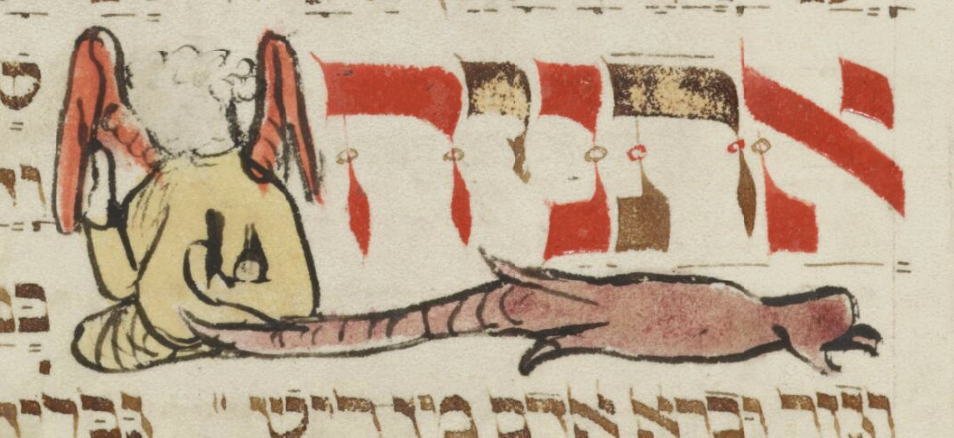
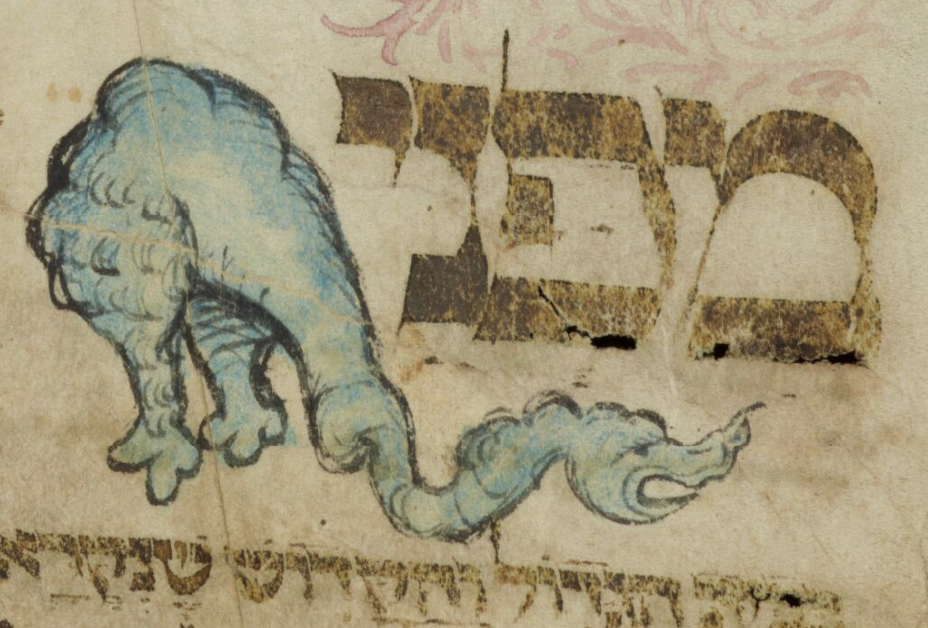
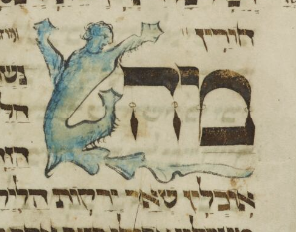
Marginal doodles
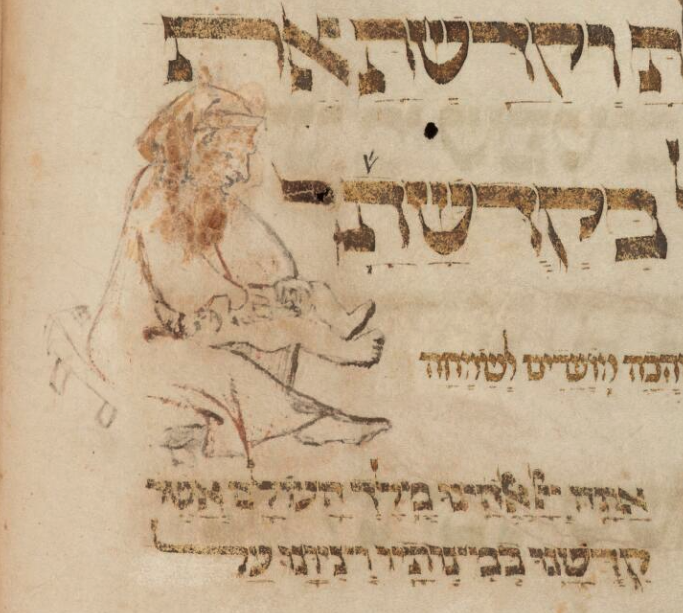
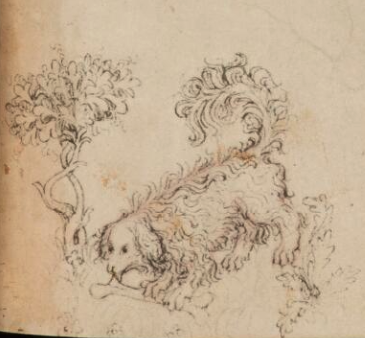
TEXTUAL ERASURES
The textual mutilations in CUL Add.662 are so extensive and varied that it can be confidently regarded as one of the most heavily censored premodern Jewish prayer books to have survived. A thorough classification of its censorship instances reveals sixty-four cases, ranging from an erasure of a single word to obliteration of entire hymns. The censorship applied to the text involves two techniques of scraping and blackening. The later divided into the four main types of Thin Line, Broad Line, Entire Hymn, and Section Blackening.



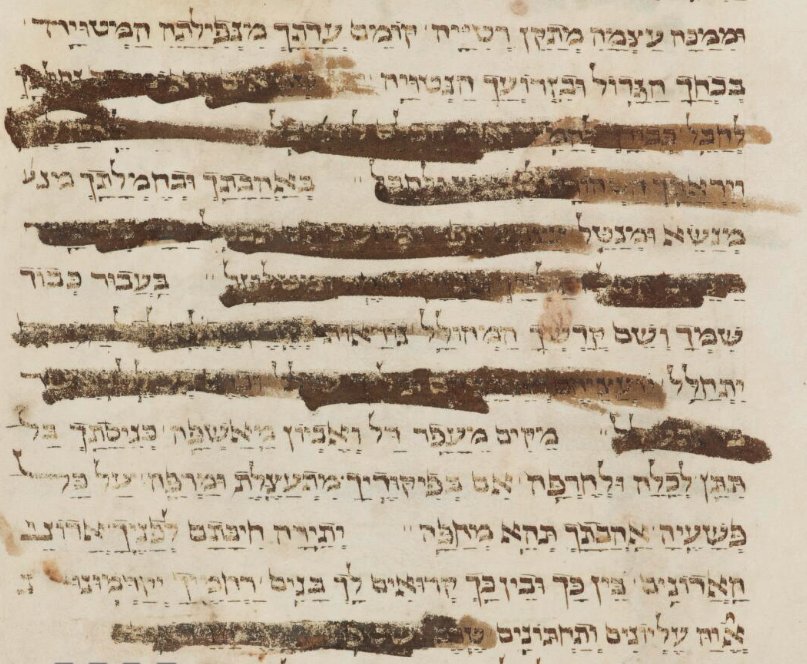

multispectral imaging (MSI)
“Pour your wrath upon the Gentiles”
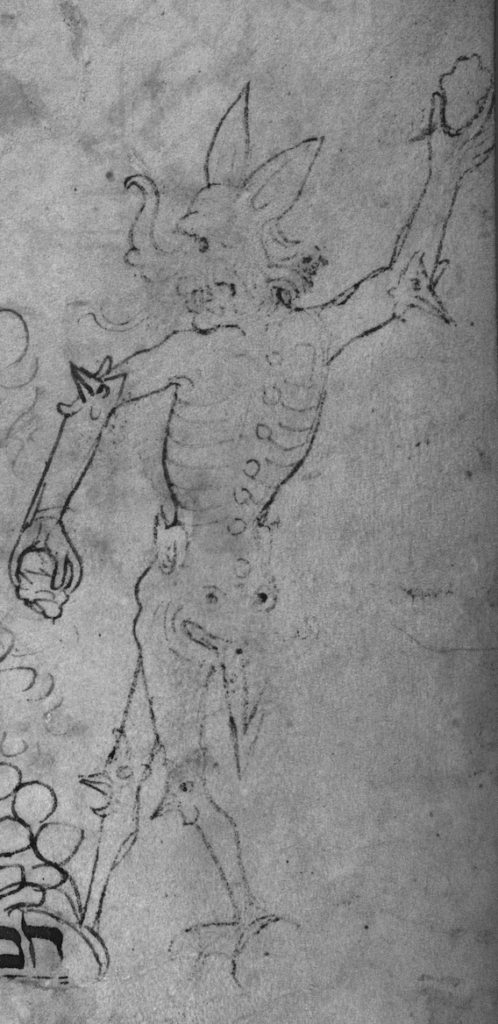
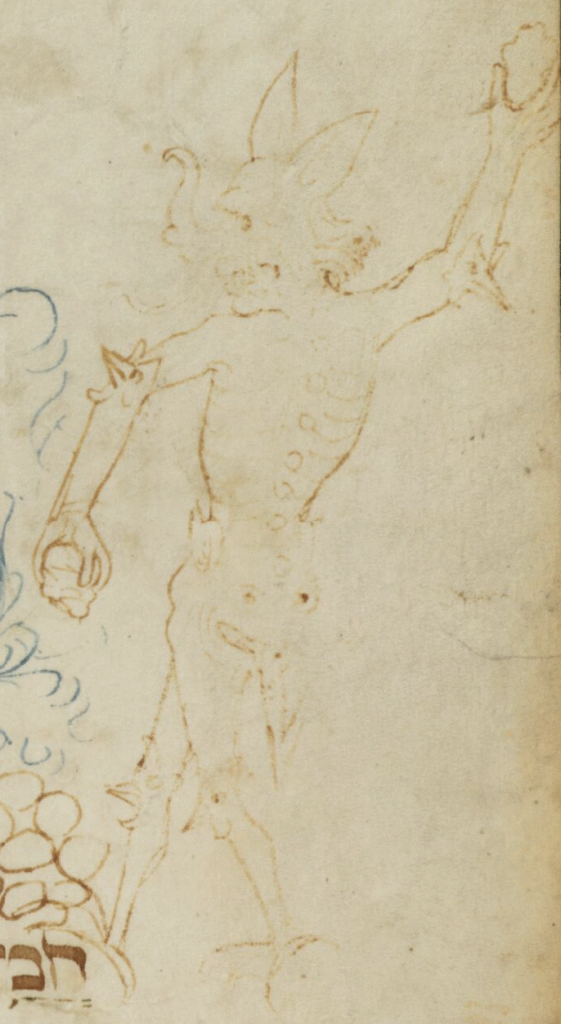
The demon that originally adorned the “Pour your wrath upon the Gentiles” section of the Passover Haggadah has been erased—but multispectral imaging (MSI) has reconstructed its lost details.
Star of David
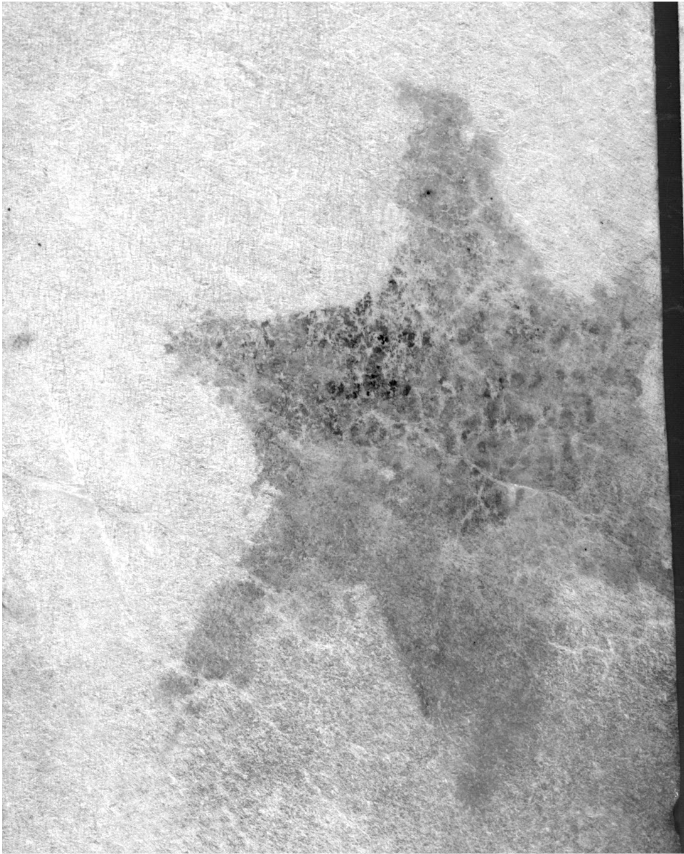
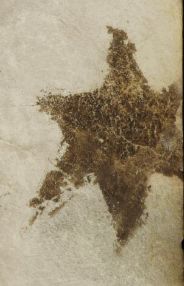
This marginal note has been obscured by ink; however, MSI has confirmed the presence of underlying writing beneath the Star of David shape. Full decipherment may require higher-resolution imaging.
gradual censorship
On folio 172v, three liturgical passages have been censored in distinct ways. The first two prayers at the top were scraped and overwritten with alternative text, while the third was obscured by a broad black line, with alternative text added in the margin. MSI analysis reveals that the ink beneath the black line matches the ink used in the scraped area alternative text. This suggests that the broad line blackening has been implemented over scraped area with alternative text. These findings, unattainable through normal observation, demonstrate how MSI provides crucial evidence for determining the sequence of this manuscript’s alterations.
